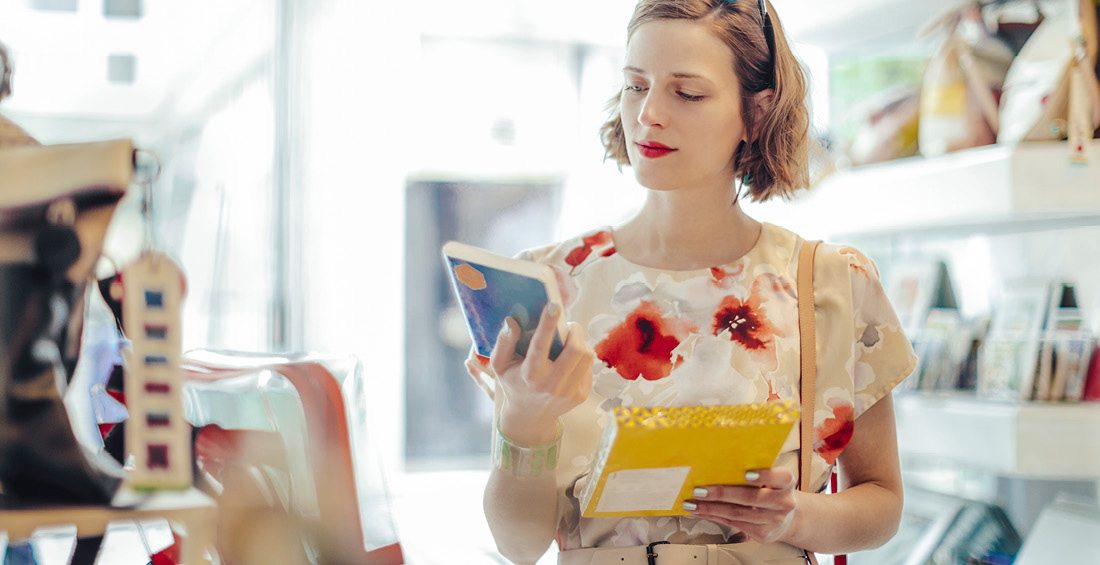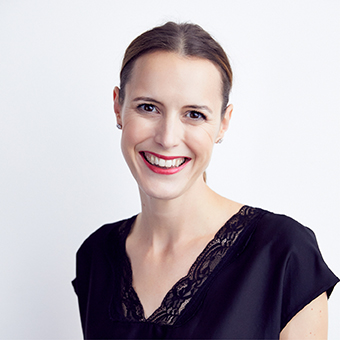Behavioural economics and marketing
Behavioural economics combines economics, psychology, and human insight to help explain how and why consumers make the decisions they do. By applying it to your marketing and communications, you can make a big difference to sales. In fact, it’s become such a powerful tool that governments around the world, including the UK and Australia, have set up ‘nudge’ units that use the principles to influence and change public behaviour.
But what exactly is a nudge? The book Nudge: Improving Decisions About Health, Wealth, and Happiness, says that a nudge is something that alters people’s behaviour in a predictable way without removing other options. To count as a nudge, the intervention must be ‘easy and cheap to avoid’. For example, putting fruit at eye level counts as a nudge. Banning junk food does not. Nudging is all about giving people freedom of choice, but steering that choice in the direction you want. Using this principle, there are some really simple changes that can be made to the way you communicate with customers that will make a huge difference to their behaviour, and ultimately, your results.
1. SET THE DEFAULT THAT FAVOURS YOUR BUSINESS
People will often take the path of least resistance. Think about Netflix, Spotify, Hello Fresh, or most gyms. They have all chosen automatic renewal as their default, which means a customer must actively cancel a membership.
2. MAKE CHOOSING EASIER
We think that choice sets us free, but too much choice has been proven to to cause inaction and overwhelm. People don’t like complex decisions and are comfortable with accepting the status quo. Always make it easy for your customer to choose. Offering a service? Set three price levels and then highlight the most popular. Selling products? Be sure to highlight your bestsellers.
3. KISS (Keep It Simple, Stupid)
We’ve all heard the phrase but it’s so easy to forget. Amazon’s ‘1 click to buy’ feature is a great example of keeping it simple. This 19-minute TED talk by Barry Schwartz explains how consumers freeze and fail to purchase when faced with too much information or too many options. Limited choice is one of the reasons that Aldi has been so successful, and why customers love comparison websites that simplify complex insurance decisions.
5. USE SOCIAL PROOF TO EASE THE PERCEIVED RISK
No matter what they say, customers are easily influenced by their peers’ behaviours. Particularly when they’re unsure about a decision. They want to follow the pack as they assume the most travelled path is the best one to take. You’ll see electricity retailers using this trick on their bills in the form of a graph that compares your household to your neighbours.
Hotel guests are far more likely to reuse their towels when given the message “The majority of guests in this room reuse their towels” over an environmental appeal. Use case studies, ratings, reviews and client testimonials to show how others support your business. This helps to normalise the behaviour you want to encourage.
6. CONSIDER YOUR PRICING AS PART OF YOUR MARKETING TOOLKIT
It’s easier to make decisions when you have something to compare it to. Put your pricing into context by providing customers with limited options. Restaurants do this by including high-priced items on a wine menu, which actually increases the sale of the second most expensive wine. Decoy pricing is another method, where people are presented with a third price option that exists purely to nudge customers in a certain direction.
For example, The Economist initially had two offers – an ‘online only’ subscription for $56, and an ‘online + print’ subscription for $125. The majority chose the first option. However, a third ‘decoy’ option offering ‘print only’ for $125 changed the perception of the value of the ‘online + print’ offer – since you were getting the online for ‘free’. The majority of purchases shifted to the more expensive option.
7. THINK ABOUT THE WORDS YOU USE
When it comes to behavioural economics, the words you choose can make a remarkable difference. Loss aversion is a good example of this, as losing something is valued twice as highly as gaining something. If a letter says ‘If you do not use energy conservation methods you will lose $350 a year’, it will be more effective at driving uptake than ‘saving $350’.
Would you like advice about your branding or communication? If so get in touch.


